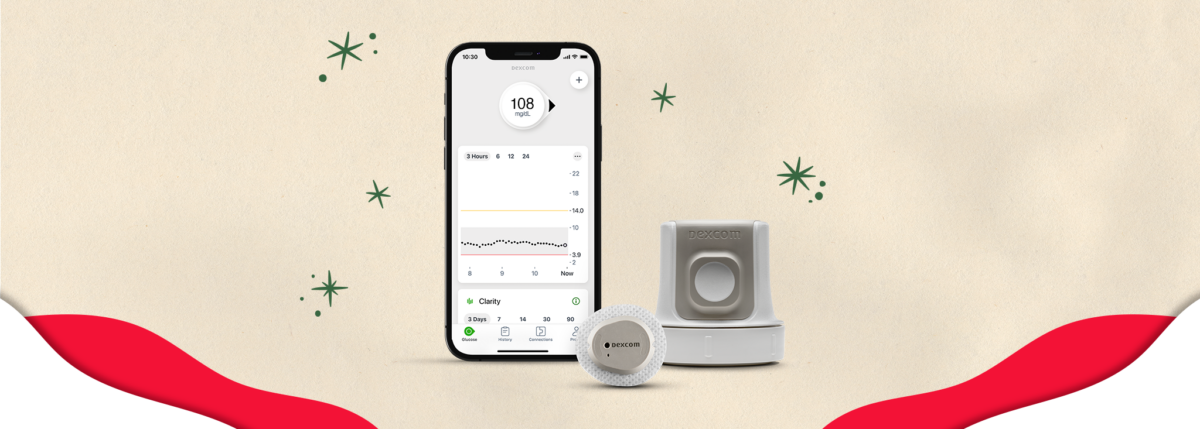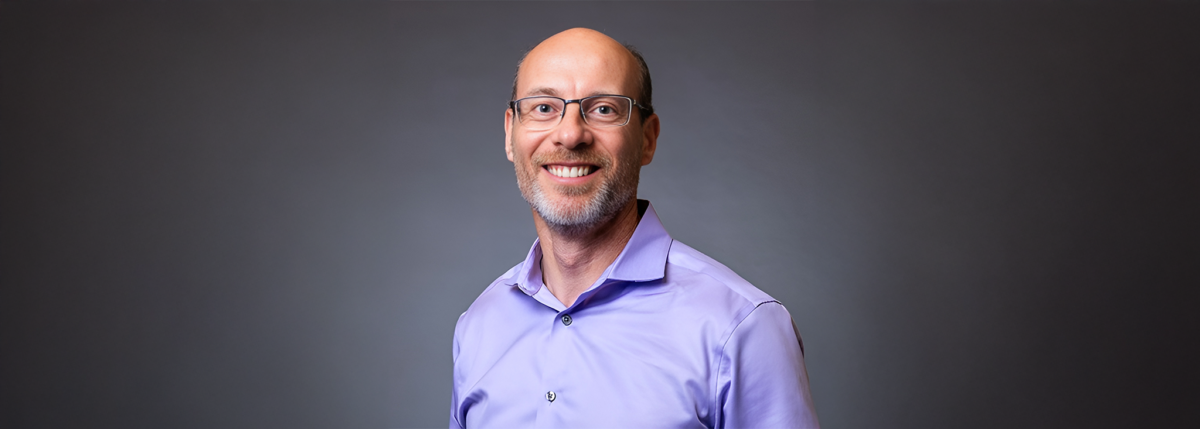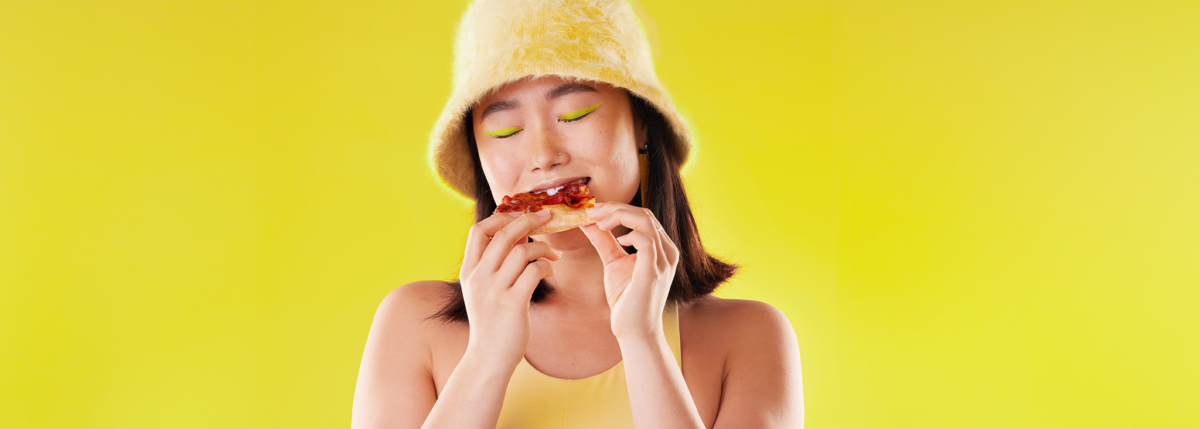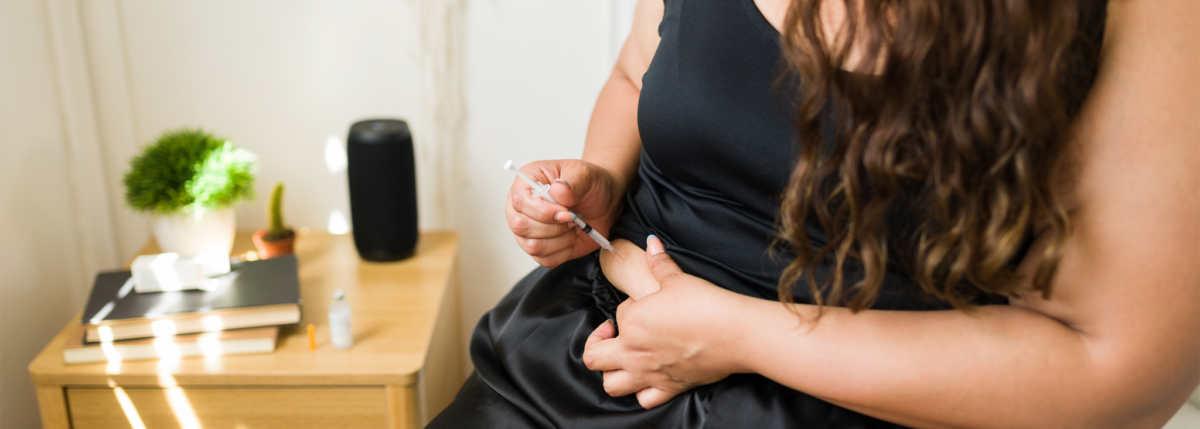Kyle O’Reilly Talks Pro Wrestling With Type 1 Diabetes
Written by: K. Thor Jensen
4 minute read
October 13, 2022
Kyle O’Reilly is a Canadian professional wrestler who has competed around the world. He is known for his technical style, incredible stamina and subtle sense of humor. O’Reilly, 35, competes for All Elite Wrestling, seen every week on TBS and on TNT. He has chosen to use his spotlight to make type 1 diabetes more visible.
Beyond Type 1 sat down with O’Reilly to talk about his wrestling career and how he wrestles with diabetes every day.
This interview has been edited for length and clarity.
Beyond Type 1: Can you tell us how you got interested in wrestling?
Kyle O’Reilly: I remember going to my first show with my dad. I think I was 11 or 12. I remember everything about it, walking up the stairs, seeing the ring for the first time, even the smell of the T-shirt. After that I was just obsessed with wrestling.
When I was in high school I started going to the local independent shows in British Columbia with my friend. There was independent wrestling—people with everyday jobs that moonlight as pro wrestlers. They had a wrestling school, so I thought ‘I’ll sign up as soon as I’m 18.’
I asked, ‘What can I do to help at your shows? Can I help set up chairs, run the music?’—things you do to pay your dues. That’s so important in wrestling. You have to pay your dues to show that you really want this.
When were you diagnosed with type 1 diabetes (T1D)?
I’m 18, been in wrestling school for maybe six months at this point. I’m at the point where I’m starting to have matches. I’m training hard—going to the wrestling dojo, weight training, plus working part-time as a cook.
Then the classic signs and symptoms start hitting me pretty hard—rapid weight loss, excessive thirst. We didn’t know what was going on.
I go for a physical to get a wrestling license for Washington. They’re doing my blood work and the doctor comes back and asks “Kyle, are you type 1 diabetic?”
I’m like “Uh… no?”
‘Lo and behold, here’s my diagnosis.
They’re telling me I probably can’t pursue a career in wrestling. It’s very difficult physically and mentally, and it’s a recipe for disaster with type 1.
But of course I didn’t listen. Wrestling was my dream and my lifelong passion. It was something that I was determined to make a career out of. So I used my diagnosis as a means for inspiration and motivation.
As soon as I start insulin I start gaining weight again and feeling really good. My training ramps back up and I start taking bookings. I really took to the ring like a fish to water, and now that I was back on track with my health things started to go well.
My trainers, my fellow students and my friends were so supportive. A support system is so crucial in diabetes management. I can’t thank that group of guys enough for helping me through a tough time.
And 17 years later, here I am—still diabetic and still wrestling.
How did you develop your wrestling style?
I just wanted to make wrestling as realistic and believable as possible. There’s a place in wrestling for the amazing maneuvers that people can do, the moonsaults and the twisting hurricanranas and stuff like that, but I was never physically capable of doing that stuff, mainly because I’m afraid of heights.
I train a lot in martial arts, jiu jitsu and kickboxing. These were things that I was good at and movements I could do well, so I started to incorporate that into my pro wrestling. Everything I do I’m trying to be different. Not really standing out by being extra flashy, but the opposite of flash.
My style is catered to a company like All Elite Wrestling, where there are so many tremendous athletes and wrestlers and I can help bring something different to the table that will mesh really well with our high fliers and other sensational technicians we have.
What kind of diabetes tech do you use?
I got my first continuous glucose monitor (CGM) maybe three years ago. I use the Eversense E3. It has been an absolute game-changer.
I grapple a lot, I do a lot of jiu jitsu, kickboxing and pro wrestling. There’s a huge chance for tech—be it CGMs or pumps—to get ripped out. With the Eversense, if it gets peeled off in training, no biggie—I just stick it right back on.
For insulin therapy, I use pens. I never really got into using a pump for that same reason. So I just kept it old school.
How does competing affect your diabetes management?
Wrestling puts a lot of demand on you mentally and physically—a lot of anxiety and stress. We know what happens when your body is under stress—your blood sugar spikes.
On days where I’m on TV it seems like my insulin doesn’t really work. I think that’s cortisol and stress doing its thing. As soon as I’m done and I can settle back down it works again. Typically before matches I tend to run pretty high, but I think that beats the alternative of having a low. We all know what can happen there. So I have to be a little comfortable being high going into the ring. I might get a little more tired at the time, but I can manage that. As soon as I come back through the curtain, I take insulin.
So much of diabetes is dealing with the curveballs that it throws at you. There’s never a one-size-fits-all remedy to a situation.
Roddy Piper said: “Just when you think you have the answers, I change the questions.”
I think diabetes is a lot like that. Just when you think you’re figuring it out, something will happen and you just have to deal with it accordingly.
We all face obstacles in our journey. How do you deal with diabetes burnout and other setbacks?
Right now, for the first time in 17 years I’m dealing with a significant injury that will require surgery. I’m using this time to reevaluate myself, my training, my diet and my diabetes care. To come back better than ever, have a better A1C, be an overall better athlete.
Diabetes burnout is so real, especially when you’re flying cross-country, changing time zones, you don’t know when your next meal is coming. With my career and diabetes, that becomes difficult.
As wrestlers we basically go until the wheels fall off, so this has been a good moment to hear, “Kyle, you need to take care of yourself, pump the brakes a little, take some time off and get this fixed.”
It’s a lot like my diagnosis—truly a blessing in disguise. I remember my mother telling me that, rest her soul.
How do you see yourself [as an advocate] in the diabetes community?
For the longest time I didn’t want anybody to know.
Wrestlers aren’t the brightest bunch, so people would go “What are you doing? Is that heroin? Are you taking steroids?”
“Dude it’s my friggin’ insulin.” It’s a weird sort of thing, but now I’m proud of it.
So many fans have reached out to me saying I’ve inspired them. Some want to start training, but they didn’t know they could because they had type 1. Now that I know that people knowing I have type 1 is leading them to live a healthier lifestyle—that just makes me feel so good.
I’m really trying to be more involved in the diabetes community as a result.

Author
K. Thor Jensen
K. Thor Jensen lives in Friday Harbor, Washington and splits his time between writing with words, writing with pictures and writing with code. He has two amazing children. You can see more of his work at shortandhappy.com
Related Resources

The holiday season is filled with celebrations, family gatherings, and plenty of holiday foods. No...
Read more

Ah, the holidays! A season of festive gatherings, spirited celebrations, and enough indulgence to make...
Read more

Managing diabetes is a complex and often overwhelming journey—even nine years after my daughter's diagnosis....
Read more

